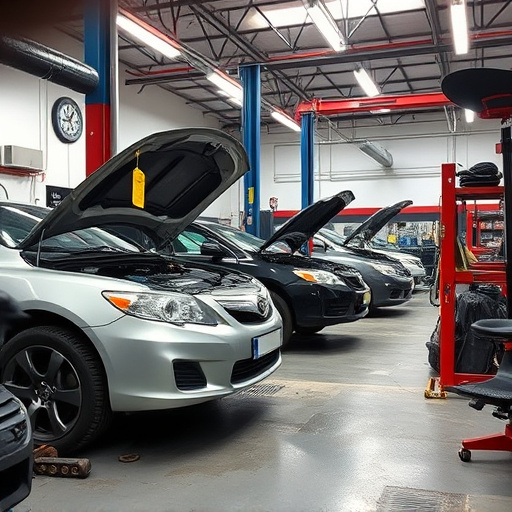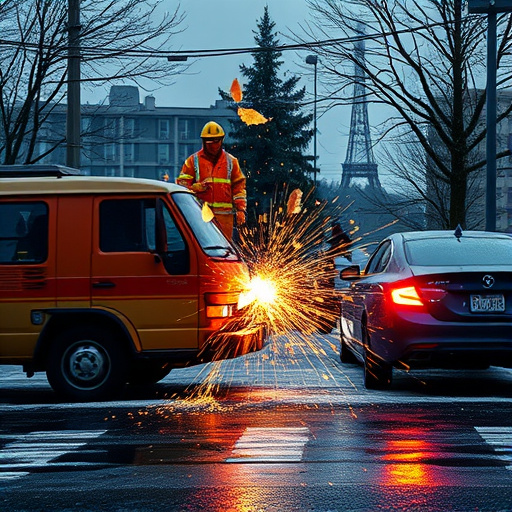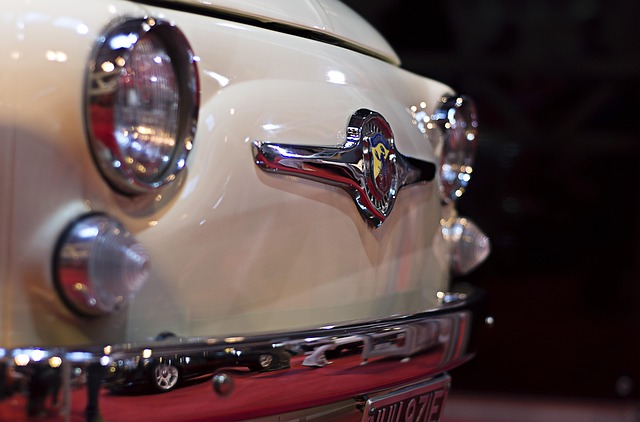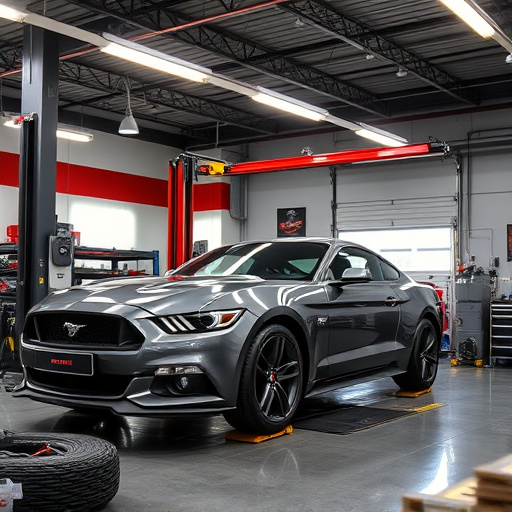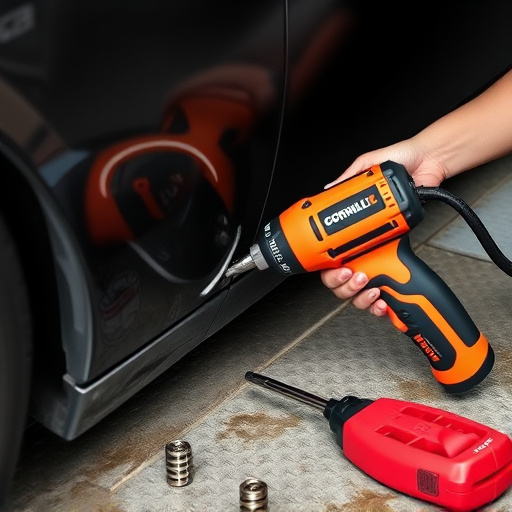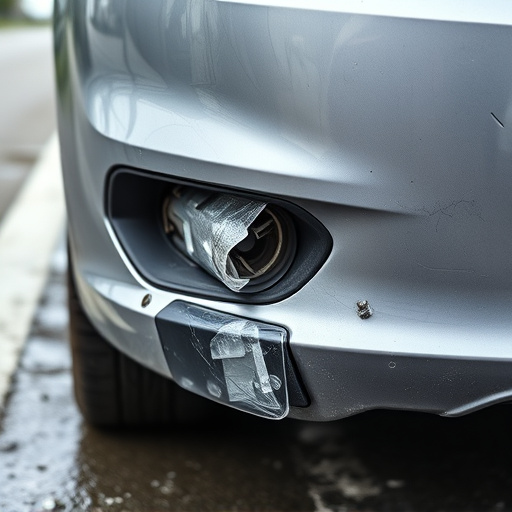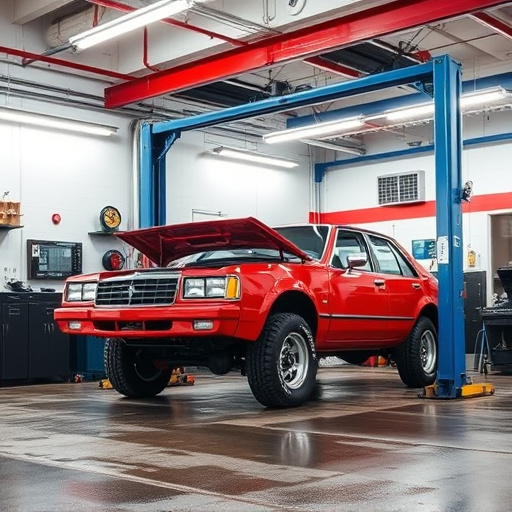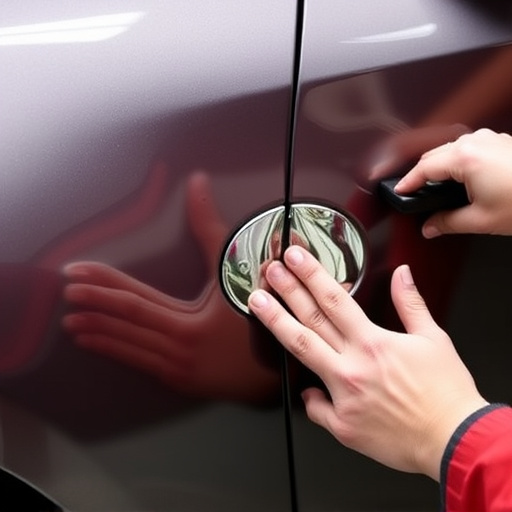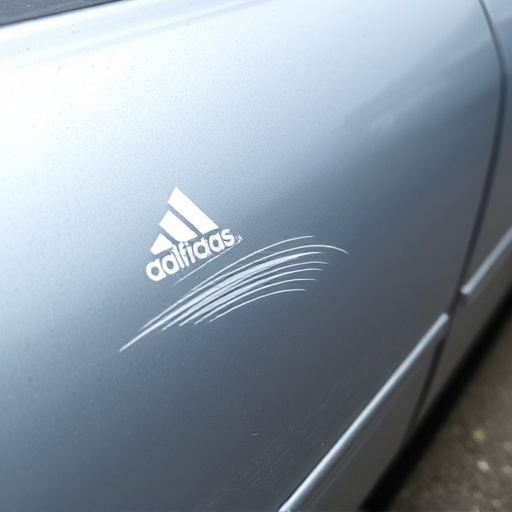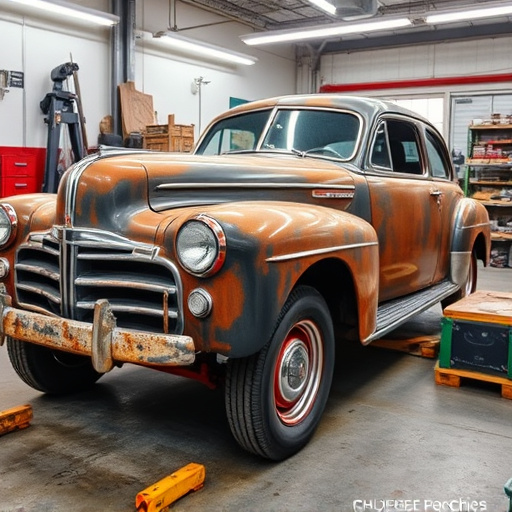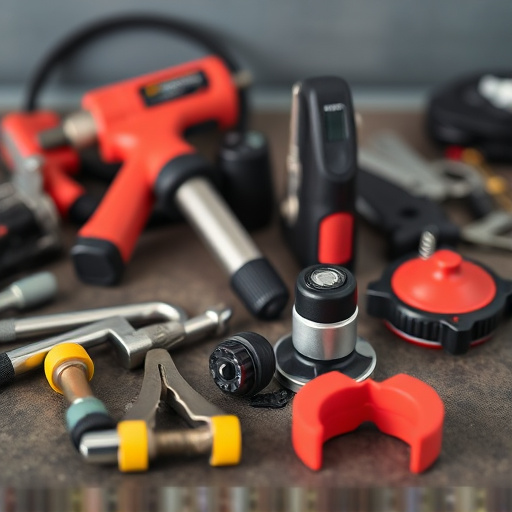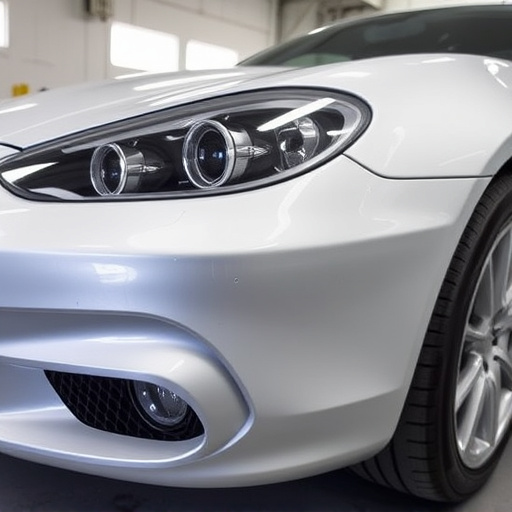Full panel replacement on vehicles like Mercedes-Benz requires specialized tools for precision and safety, including heavy-duty shears, plasma cutters, and protective gear. Proper preparation, including equipment checks and personal protective measures, ensures smooth work and vehicle safety. Post-repair, thorough inspection and adherence to maintenance guidelines are vital for body integrity and long-term vehicle reliability.
Performing a full panel replacement requires a meticulous approach and the right tools for safety and success. This comprehensive guide delves into the essential tools needed for the job, ensuring a seamless and secure process. From understanding the basic equipment to pre-work safety measures and post-replacement inspections, this article covers all aspects of a full panel replacement, providing valuable insights for professionals and DIY enthusiasts alike.
- Understanding Essential Tools for Full Panel Replacement
- Pre-Work Safety Measures and Preparation Checklist
- Post-Replacement Inspection and Maintenance Guidelines
Understanding Essential Tools for Full Panel Replacement

When it comes to full panel replacement, whether for a vehicle collision repair or car dent repair on a Mercedes-Benz or any other make, understanding and having the right tools is paramount. This process often involves precise cutting, shaping, and fitting of new panels, demanding tools that offer both efficiency and accuracy. The essential tools include heavy-duty shears capable of slicing through various metal types, a plasma cutter for more intricate cuts, and angle grinders with specialized discs to smoothen edges and remove excess material.
Additionally, a set of high-quality wrenches and screwdrivers tailored to the specific vehicle is crucial for securing the new panel in place. For Mercedes-Benz repair, among other high-end vehicles, attention to detail is key; thus, tools designed with precision in mind are invaluable. These can range from specialized rivet extractors to fine-toothed metal files for achieving a seamless finish after full panel replacement. Having these tools readily available ensures a smoother and safer process, leading to superior results in vehicle collision repair or car dent repair projects.
Pre-Work Safety Measures and Preparation Checklist

Before beginning any full panel replacement work, safety should be the top priority. This involves gathering all necessary tools and equipment specifically designed for such tasks, ensuring proper ventilation in the workspace, and donning personal protective equipment (PPE) including gloves, safety glasses, and a respirator to prevent exposure to harmful materials. A comprehensive pre-work checklist is essential to guarantee a smooth process.
This checklist should include verifying the availability of high-quality replacement panels matching the vehicle’s make and model, gathering all required hardware, and ensuring access to essential tools such as specialized riveting guns, heating tools for plastic welding, and precision cutting equipment. Additionally, checking tire services and maintaining proper inflation pressure is crucial, especially for luxury vehicles needing automotive restoration work. A thorough preparation ensures not only the safety of the technicians but also the successful completion of the full panel replacement project.
Post-Replacement Inspection and Maintenance Guidelines

After successfully completing a full panel replacement, it’s crucial to perform a thorough inspection and adhere to specific maintenance guidelines. This post-replacement process ensures the integrity and safety of the car body repair, guaranteeing that all components are securely fastened and aligned. During the inspection, examine every detail, from welds and paint finish to overall structural stability. Look for any signs of misalignment or poor workmanship that might compromise the strength of the repaired area.
Regular maintenance is equally vital. Keep a routine check on the newly replaced panel, inspecting it for signs of damage, corrosion, or loose connections. This proactive approach facilitates early detection of potential issues, enabling timely intervention. Remember that proper car bodywork care involves more than just aesthetics; it’s about ensuring the safety and reliability of your vehicle.
When undertaking a full panel replacement, a thorough understanding of required tools and safety protocols is paramount. By arming yourself with the right equipment and adhering to pre-work preparation and post-replacement inspection guidelines, you ensure a safe and effective process. Remember, proper training and adherence to best practices are key to successful and secure full panel replacements.
